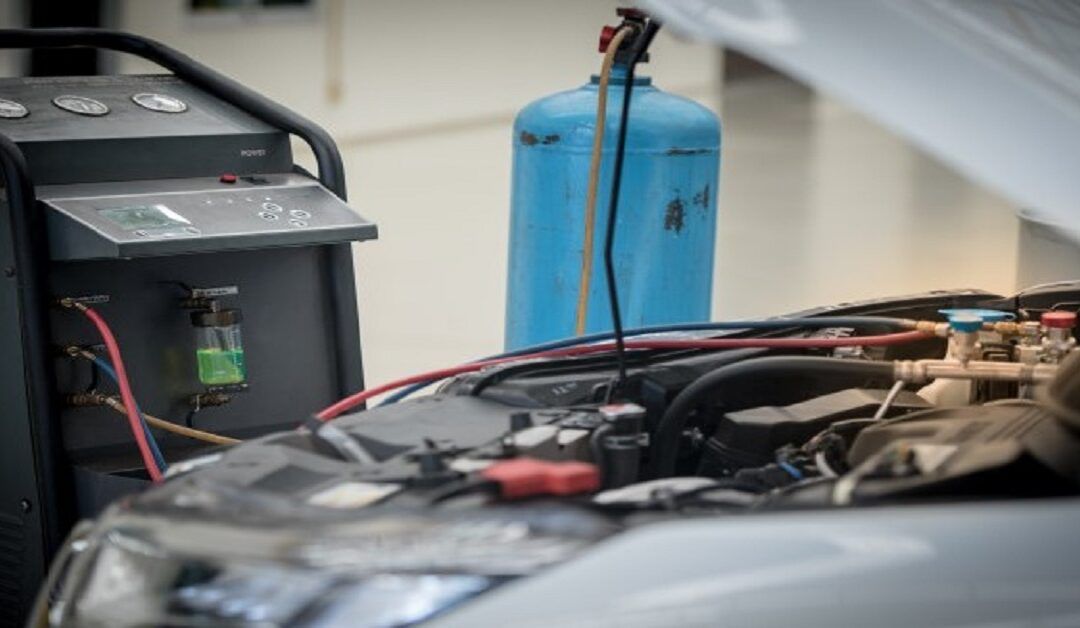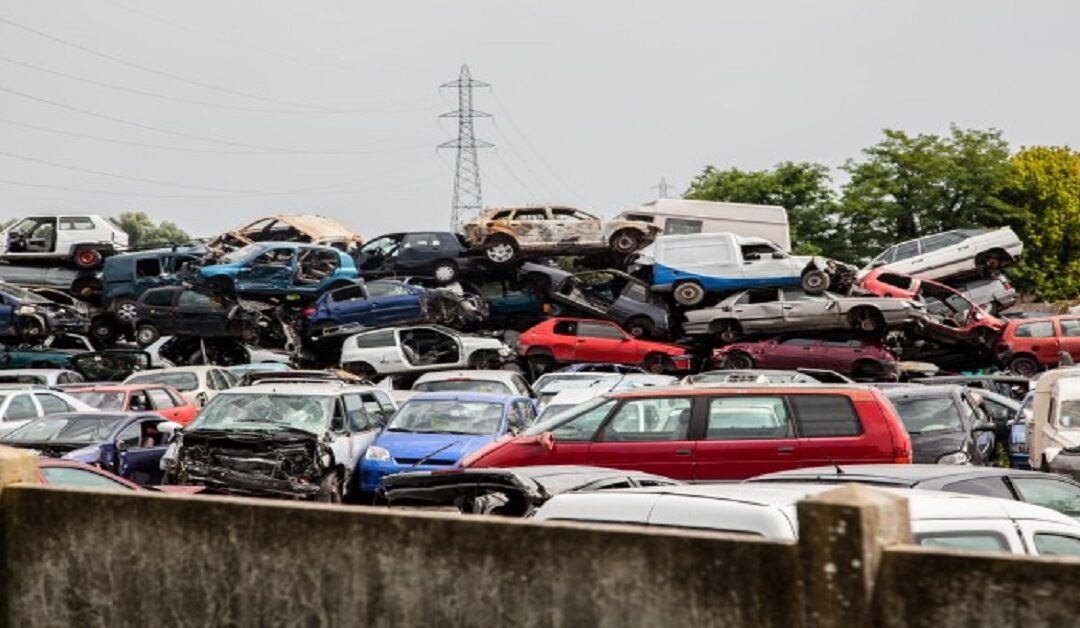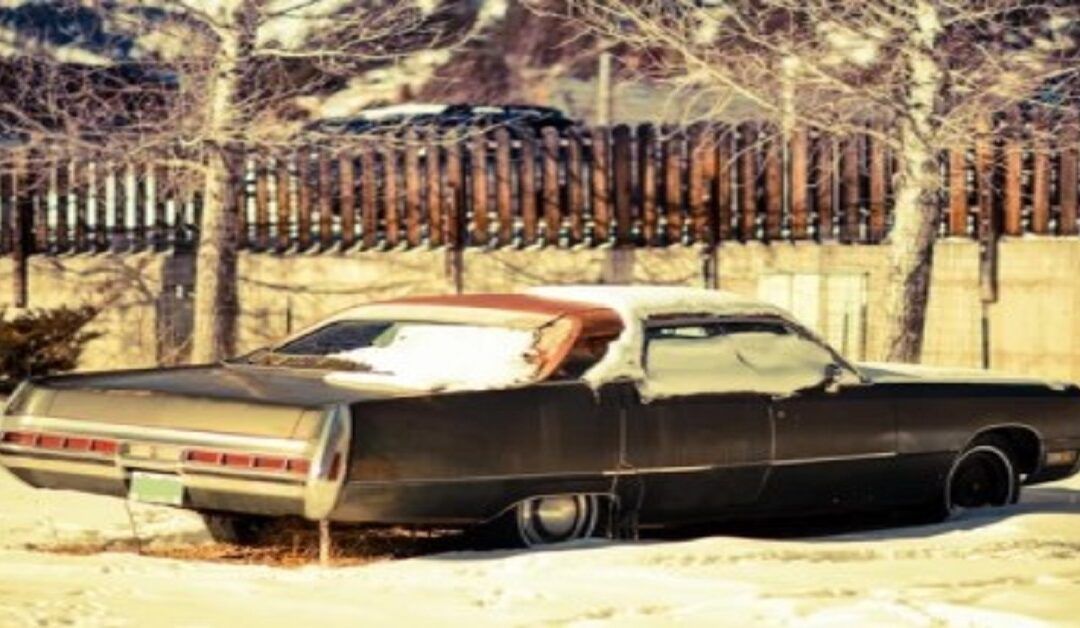Is It Possible to Drive without a Catalytic Converter?
A catalytic converter is one of the most important components of a vehicle. People driving without this can be fined heavily. A catalytic converter is that component of your vehicle that enables your vehicle to reduce the emissions it is producing and emitting in the environment. The converter converts all the harmful gases such as monoxide, nitric oxide, nitrogen dioxide and hydrocarbons that it will be polluting the environment with, hence acting as a catalyst.
This is why catalytic converters come with a heavy price and therefore cannot be replaced easily. They are also good targets for thieves. The question that arises is that can your vehicle function without it and can you possibly drive your vehicle without the presence of this converter in your car? Read and find out if it is possible.
-
It is illegal
One of the most important reasons as to why you cannot drive your vehicle without a catalytic converter is the fact that it is illegal to do so. In several states you are not allowed to drive without this and if caught you will be fined a huge amount. Therefore, better to be safe than sorry and ensure that your vehicle has a catalytic converter present.
-
You will be harming the environment
Since the converter reduces the number of harmful gases being emitted in the environment, lack of one in your vehicle will be causing the environment to deteriorate and get even further polluted. You will therefore be violating the rules and harming human health, which you certainly would not wish to do so.
-
It could trigger your check engine light
Any issue with your catalytic converter would affect your check engine light causing it to switch on and stay put. This would indicate there is a problem with your converter.
How long can you possibly drive your vehicle without a catalytic converter?
Despite the consequences mentioned above it is entirely possible for your vehicle to function and run smoothly without the presence of a catalytic converter. There will be no impact on the performance of the vehicle but if you are caught you can be fined thousands of dollars for driving your vehicle without one.
Moreover, if your catalytic converter is damaged then it could possibly also cause other damages internally. The exhaust system could also be damaged and hence would require inspection.
There are several signs that indicate that your catalytic converter is faulty. Here are some of them for you to watch out for.
-
Decline in the overall performance of the engine:
A faulty catalytic converter impacts the flow of the exhaust in the system thereby negatively affecting it. Once the converter has been severely damaged then it will also reduce the overall effectiveness of the vehicle.
-
Noises and sounds:
A faulty converter often leads to weird noises and sounds being made by the vehicle. Hence, if your vehicle is making such noises, it is best to get it checked as soon as possible to avoid any other repercussions in the future and avoid wasting large amounts of money.
-
Check engine light:
As mentioned earlier, a faulty catalytic converter could cause the check engine light to illuminate hence indicating internal problems in the vehicle.
Hence, it is important to deal with the catalytic converter of your vehicle as it is an extremely important component of your vehicle. Besides this it is also one of the most expensive parts of a vehicle.
If you’re looking to sell a junk car that has been lying in your backyard for years, and now you want to make some good money from it, you can sell your car online at Acres Cash for Cars. We provide a free towing service from your backyard to our junkyard, and give you an amazing price for your old junk car.










